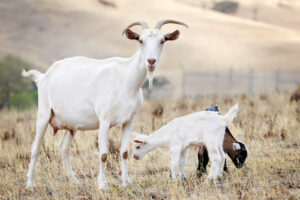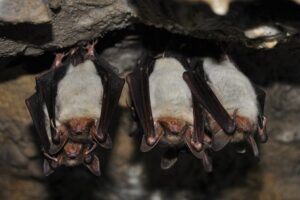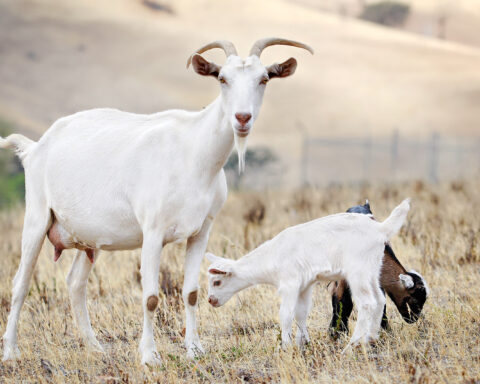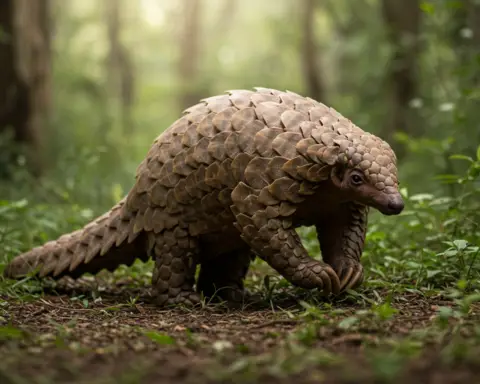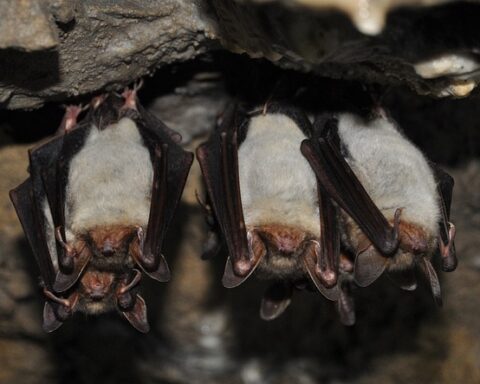Dogs use their sense of smell and vision to explore. They also discover and explore by using their mouth to chew and bite. Issues like teething, boredom, or separation anxiety can amplify the chewing and biting problem. As a dog owner, you might get home and find that your new best friend has damaged your furniture, shoes, or any other household item. The dog can jeopardize their health and safety by ingesting dangerous items. Well, you can correct inappropriate chewing by the dog to reduce destruction in your house. Here are some of the best ways to deal with a dog that has got chewing and biting problems.
Dog-proof your Space
The first step to prevent your dog from biting and chewing items is to dog-proof your space. Remove items like shoes, books, and clothing that might appeal to or create curiosity in your dog for reach. Moreover, make your house environment free of potential dangers to your dog. Put away chemicals, cleaners, any toxic flowers and plants from their reach. Make sure all the electrical cords are covered and inaccessible to prevent them from being chewed by your dog. Tip: Block access to rooms or spaces that have not been dog-proofed.

Choose your Dog’s Toys Wisely
You should also choose the toys for your dog with their safety in mind. Better even, avoid toys with parts that can fall off or be chewed easily. They can be a choking hazard to your dog. It is best to get durable toys for your dog. For instance, nylon bones are safe, durable, and non-damaging to your dog’s teeth. If you get rubber toys, ensure the quality is good so the dog cannot shred them. Once you notice your dog’s toys are falling off or reduced in size, replace them.
Choose the Right Chewing Treats for your Dog
Keeping your dog well-fed and healthy will prevent it from chewing and biting inappropriate items. Each dog has its feeding preference. But you need to select nutritious dog treats like yak chews for dogs. Avoid beef and chicken bones as they can easily become lodged in the esophagus or the small intestines. Keep in mind that sharp fragments can also puncture your dog’s gastrointestinal tract.
Make your Household Item Unpleasant to your Dog
You can make the household items your dog likes chewing unappealing by coating them with taste deterrents. However, once you apply the taste deterrents, supervise your dog because some dogs still chew objects even though they are coated with the taste deterrents. Remember to reapply the taste deterrent after some time to maintain its effectiveness.
Engage your Dog in Exercise and Playtime
Your dog might chew your carpet or favorite pair of shoes simply because it is simply bored. This is why engaging the dog in simple dog exercises will offer them mental stimulation and tire them less if they find something amusing to them. Outdoor and indoor activities are also an excellent way to satisfy your dog’s companionship needs.
Wrapping up
You no longer need to be worried that your dog will chew everything in your house. We hope the quick tips we have covered will help overcome that destructive behavior. Remember to be patient and show love to your furball. Eventually, they will learn the difference between your pair of shoes and a chewy treat.

